The Axon 30 with Under Display Camera: Hands-on Mini-Review
by Andrei Frumusanu on September 3, 2021 9:00 AM EST- Posted in
- Mobile
- Smartphones
- ZTE
- Axon 30
Under-Display Camera & Quality
Under-display cameras have been the holy grail of bezel-less display designs that every company is striving for. In the last few years, we’ve moved from camera notches, to hole-punch cameras, and today we’re seeing an increasing number of designs now attempt to commercialise the first or second-gen UDCs.
ZTE is partnering with Visionox to achieve the under-display camera implementation, a Chinese OLED panel manufacturer that we haven’t heard about too much to date.
Starting off with the subjective experience: how the UDC actually looks like and how good it’s hidden beneath the display: one has to note that while the implementation is quite remarkable, it’s still not quite invisible and fully hidden away.
The one aspect that I think betrays the UDC the most in everyday usage, is the fact that the “transparent” pixel area of the UDC appears brighter than the regular surrounding panel. It’s not a very large difference, but it’s always there on all kinds of colours and brightness levels, but is most noticeable on white. I have to wonder if ZTE would be able to correct for this brightness delta by simply creating a software overlay here that would calibrate things back down a bit – which would seem quite easy to do.
In darker scenarios, the transparent area of the panel is performing extremely well, however once the phone is in higher ambient light scenarios such as daylight, the UDC is more easily revealed. The easiest way this is visible is simply by looking at the panel from an angle, especially in sunlight. It appears here that the polarisation layer works well when the phone is looked at when in portrait mode, but has weaknesses in hiding the UDC at angles such as 45°. It’s not a practical issue, but just interesting to mention.
The above close-up has the panel turned off and we’re purely looking at the reflections of the underlying circuitry. Especially under a lot of light, the UDC is quite visible when the display is turned off.
What we see in terms of the circuit design is that things are extremely packed in the areas surrounding the middle “transparent” part, which only seems to have the actual OLED subpixels visible and non-transparent. Presumably what Visionox is doing is putting the supporting drive circuitry around the actual transparent panel “hole”. Unfortunately, I don’t have a microscope at hand to get a closer look at how exactly the structure here looks like.
The pixel matrix is evidently organised in vertical columns, however horizontally we see that there’s distinct repeating patterns of two different column types.
Once the panel is turned on, it becomes harder to observe the UDC as well as the general panel structure.
What’s quite interesting about Visionox’s panel UDC implementation is that it does not compromise on pixel density; we see the same resolution in the UDC area as on the rest of the screen. However, what does change, is the pixel fill ratio, with the UDC area having notably smaller OLED emitters compared to the regular panel. Generally, the higher the pixel fill compared to the background panel, the “smoother” a display will appear.
As we have also never seen a Visionox screen this close up, it’s also notable to remark the subpixel layout. The structure here is called a delta layout, a circumvention around Samsung’s patented diamond pentile structure that offers slightly less fill ratio and is a bit more regular (not what you want) as it appears that there’s 50°-pixel columns / non-fill gaps.
Camera Quality
While the UDC screen quality seems to be excellent, does the lower pixel fill ratio allow enough light for the front camera to be able to properly see through?
Generally, the answer is no, however ZTE is making quite extensive use of software processing to be able to attempt to recover as much information as possible, and especially to counter-act some of the large optical compromises with the UDC.
Using a third-party camera app such as OpenCamera which doesn’t use any special post-processing shows just how bad the image quality out of the raw sensor is. What’s particularly evident here is the extremely large amount of ghosting and lack of natural contrast in the image. This is particularly visible if you have any kind of light source in the field of view of the camera.
ZTE’s post-processing is quite notable when you take a picture as it takes a second or two to kick in and be applied to the shot you’ve captured. After the processing, it quite a surprisingly competent job at eliminating the light ghosting as well as increasing the contrast of the scene. What’s not so good is that there’s a very large loss of tone gradations and it’s not very competitive in terms of dynamic range.
It appears that the camera here is capturing in the 4MP mode even though the camera outputs a 16MP image.
Comparing the Axon 30 versus the Axon 30 Ultra, although the UDC is faring quite well, it’s evident that it’s nowhere near the quality of a regular front-facing camera.
It’s mostly again the issue of what appears to be a inferior HDR implementation that is most handicapping the camera, as if it’s overexposing and then trying to reduce highlights too much, resulting in flatter tones.
Overall, the Axon 30’s key feature is interesting for people who actually do not use the front-facing camera much. The phone does a pretty good job of hiding it, and although not perfect, it’s amongst the best implementations we’ve seen to date. The camera, when needed, is still functional, however it’s clear that there’s a large quality compromise to be made when using it.



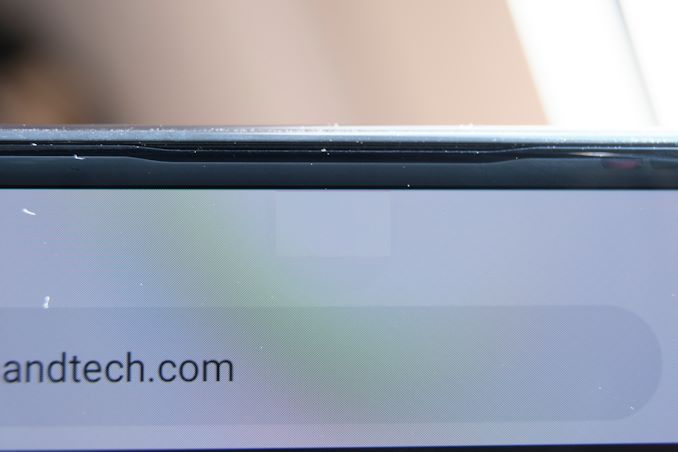

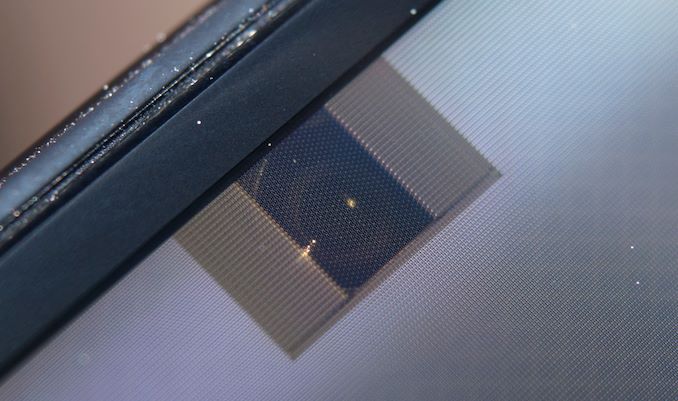
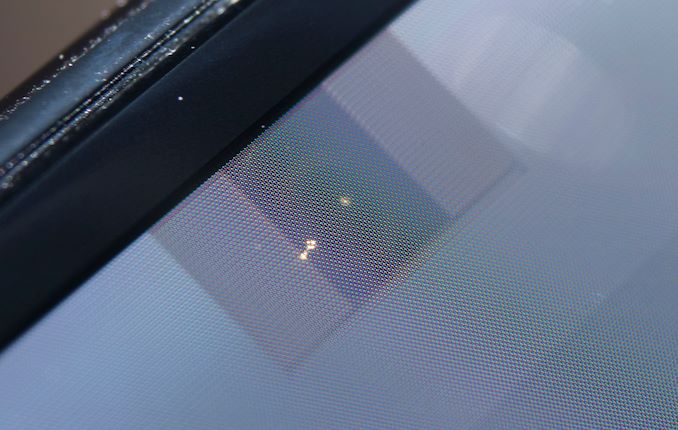

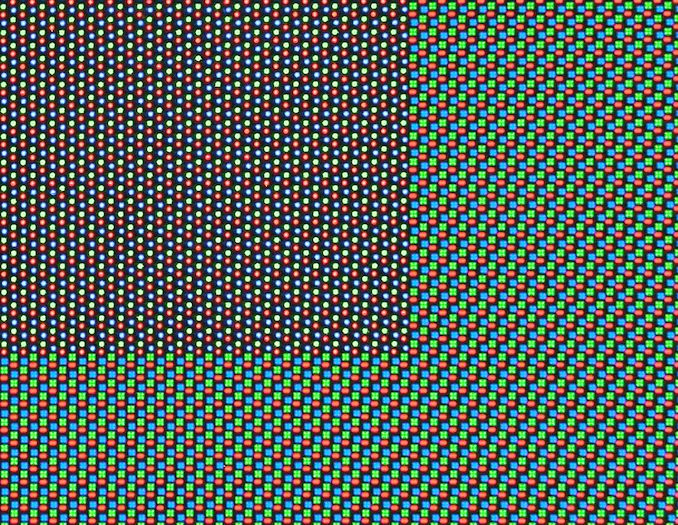




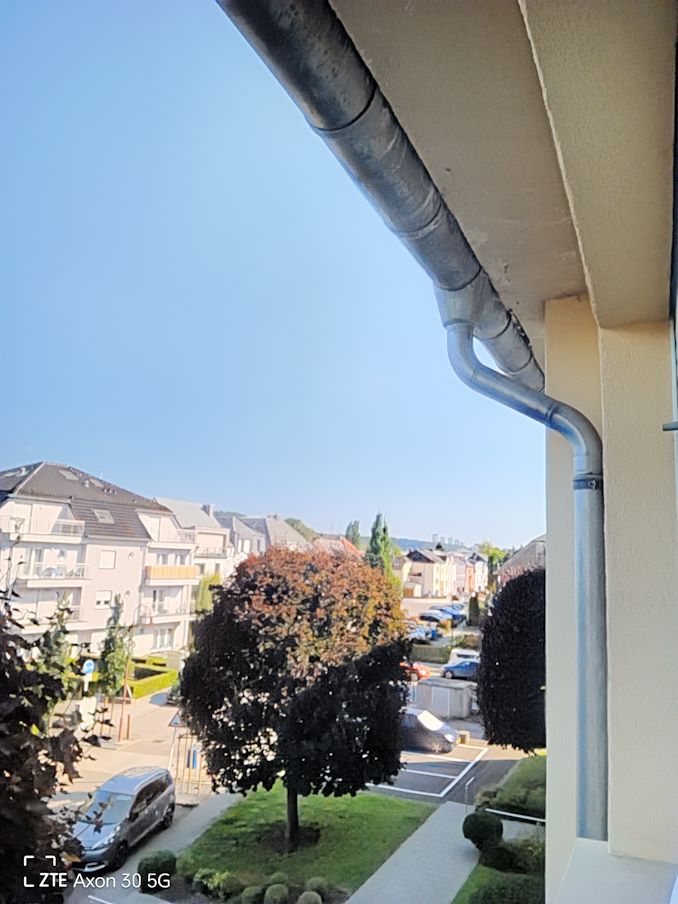
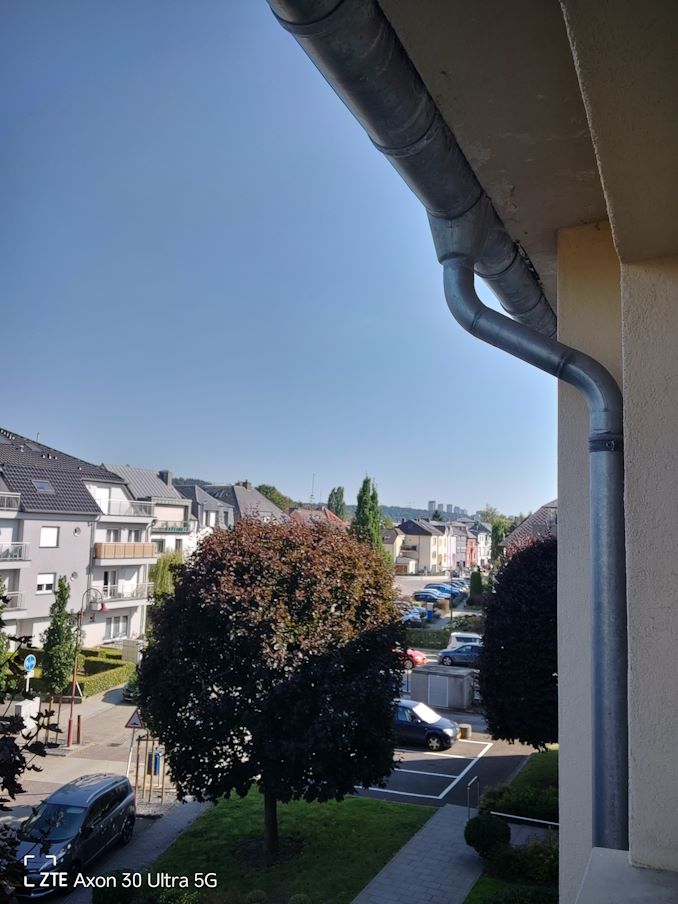








24 Comments
View All Comments
Sharken03 - Tuesday, September 7, 2021 - link
I am certainly going to have UDC on my list for the next phone, so i think you underestimate the interest for this feature.It is the end goal for displays to not show anything but the display and it's getting better each day.
Spunjji - Tuesday, September 7, 2021 - link
They can do that just find by having the camera above the display... then you don't have to have a crap camera.nicmonson - Friday, September 3, 2021 - link
Andrei,Deiter at the Verge hated the under display camera more because of the shimmering it caused on the screen than anything else (see his Fold 3 review). He would have wished just to have a black hole as it tends not to distract.
Do you Andrei find it annoying too? Would you rather just have a black hole if they both magically had the same image quality? Is it any better or worse than the Samsung implementation? Never seen one my self so I am curious about your experience.
Andrei Frumusanu - Friday, September 3, 2021 - link
He's talking about the very low pixel density Fold3 UDC, which has a very different design than the one here. There's no shimmering or anything annoying here beyond noticing that the area is a little brighter.sabot00 - Friday, September 3, 2021 - link
Andrei,Your quite positive Axon 30 Ultra review came out a bit after the July Android Phone recommendation article. Would the Axon 30 Ultra place on that list? I'm thinking specifically about the US and I'm on t-mobile (I heard Verizon is not supported).
Andrei Frumusanu - Friday, September 3, 2021 - link
While that phone was generally positive, I wouldn't recommend it in the guide over an S21/S21+ or even S20+.** A - R ** - Saturday, September 4, 2021 - link
Andrei,I reside in Qatar, & here We have Exynos2100 S21s.
As of now Samsung UAE has officially recalled all the S20 FE Exynos 990 (SM-G780F). Now We Officially have S20 FE 5G & 4G both are SD865, models are SM-G781B & SM-G780G respectively. Our CSC/Product Code is XSG.
My colleague is asking Me to suggest one as an Overall great package in sustained performance of the phone. Which one will be a better choice S21 (E2100) or S21 (E2100) or S20 FE 5G or 4G ? And is there any difference in samsung's ufs 3.1 paired with lpddr5 (uMCP) in 128GB ROM vs 256GB ROM ? as I read itbon their semiconductor site for 128 850MB/s writes & 256/512 1200MB/s.
And personally I'd like to know Andrei, that, what is the Actaul difference between the SM-G781B & SM-G780G ?
What has Samsung done in reality, as I remember Qualcomm mandated 5G Modem with SD865. Now did samsung added it in the g780g with giving no Command via Software or did they entirely removed Qualcomm 5G modem & put their's (Exynos Modem) ?
1az2sx - Sunday, September 5, 2021 - link
Hello Andrey! I'm impressed with the work you've done! And you couldn't pass the Pixel 5 vs. Pixel 4a camera test. Does this image processing chip, which is in the Pixel5, and which is not in the Pixel 4a, do anything.eastcoast_pete - Sunday, September 5, 2021 - link
I am probably the odd one out here, but why not make the selfie cam a (small, maybe 1.5-2 mm) hump that extrudes from the screen, instead of a notch. Having the front camera in a notch also limits what kind of lens setup one can have over that sensor (one does need at least a little distance for those lens elements to work), so, if selfies are really that important, why not owning up to it. Plus, no more notch!Calin - Monday, September 6, 2021 - link
The macro camera is my most used.The camera in the current phone is leaps and bounds above the camera in the previous phone, and yet I prefer to use (and prepare) a 10+ years old DSLR.
However, the macro camera sees a lot of use as a magnifying glass for all that otherwise impossible to read smallprint on basically anything in brick-and-mortar shops.